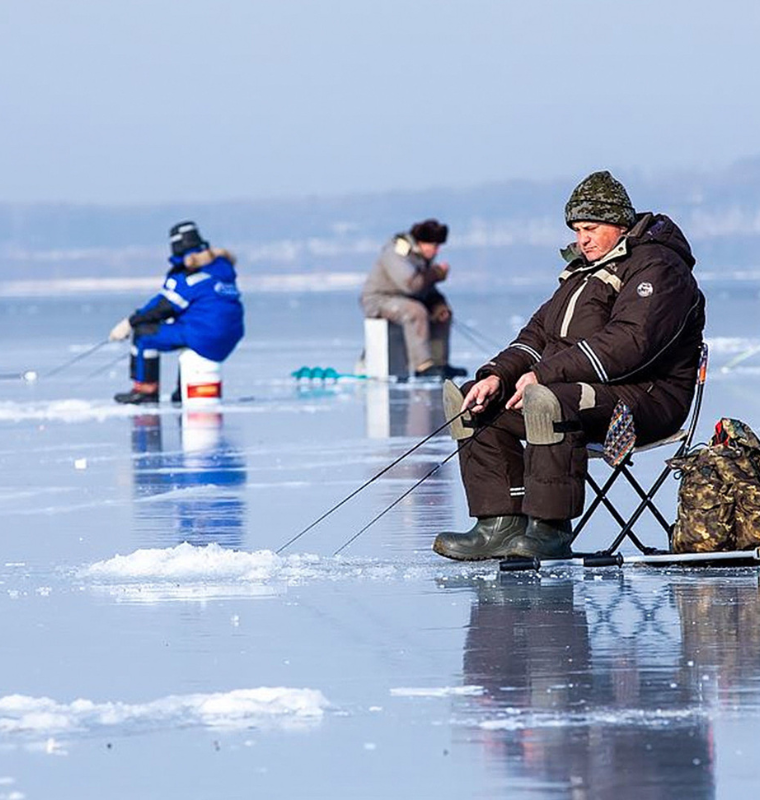Europe Accelerates Push to Develop Rare Earths as Strategic Minerals
Europe Accelerates Push to Develop Rare Earths as Strategic Minerals
By
David Goldfarb
Last updated:
November 28, 2025
First Published:
November 28, 2025

Photo: Future Bridge Mining
Europe is intensifying its efforts to secure rare earth minerals critical for electric vehicles, wind turbines, robotics, and defense technologies. Under the EU’s forthcoming REsourceEU initiative, the bloc aims to extract 10%, process 40%, and recycle 25% of its annual consumption of critical raw materials by 2030, while limiting reliance on any single external supplier to 65%. This push reflects Europe’s growing concern over China’s dominance in the rare earth sector.
Two Nordic mining companies, Rare Earths Norway and Sweden’s LKAB, are taking contrasting approaches to contribute to this strategic goal. Rare Earths Norway, led by CEO Alf Reistad, announced the discovery of Europe’s largest known rare earths deposit at the Fen Carbonatite Complex in Ulefoss, southern Norway. The deposit is estimated to contain 8.8 million metric tons of total rare earth oxides (TREOs), including 1.5 million tons of high-value magnet-related minerals such as neodymium and praseodymium. These elements are vital for next-generation technologies.
To minimize environmental impact, Rare Earths Norway plans to employ an “invisible mine” strategy, drilling long, narrow tunnels beneath the village of Ulefoss and backfilling extracted voids. Early surveys indicate strong local support, though concerns remain regarding stability and waste management. The company aims to deliver rare earths to market by the early 2030s and is lobbying for fast-track permitting and price guarantees to support the project’s viability.
In contrast, LKAB in northern Sweden is pursuing a radical urban relocation to expand its iron ore mining operations near Kiruna, above the Arctic Circle. The company’s newly discovered Per Geijer rare earth deposit sits adjacent to the world’s largest underground iron ore mine. The expansion has necessitated relocating thousands of residents, including the recent move of a 113-year-old wooden church. The total cost of relocation is estimated at 22.5 billion Swedish kronor ($2.4 billion). LKAB stresses that its rare earth ambitions remain contingent on economic viability and ongoing discussions with European policymakers.
Analysts view both projects as critical to Europe’s mineral sovereignty. Anthony Heron, deputy editor at the Arctic Institute, notes that the Fen deposit and Arctic initiatives represent some of the most credible paths to reducing Europe’s dependence on imported rare earths. He adds that these projects align with the EU Critical Raw Materials Act and broader objectives to establish a secure, sustainable supply chain within Europe.
Europe’s rare earths strategy comes amid global competition, particularly from China, which dominates the production and processing of these minerals. Policymakers and companies alike emphasize the urgency to act, warning that delays could undermine Europe’s strategic and technological independence. Reistad of Rare Earths Norway compares the race to a high-stakes global competition, stressing that “we have always said that we are too early until we are too late.”
Both Rare Earths Norway and LKAB exemplify innovative approaches to addressing Europe’s raw material challenges, combining engineering solutions, environmental considerations, and community engagement. Their success could help Europe secure a significant share of its future demand while reinforcing the bloc’s position in global technology supply chains.
Popular articles
Subscribe to unlock premium content
Frozen Riches on Kamchatka

Frozen Opulence in Lapland

Crystal Dreams in the Salt Flats

Frozen Riches on Kamchatka

Frozen Opulence in Lapland

Frozen Riches on Kamchatka









